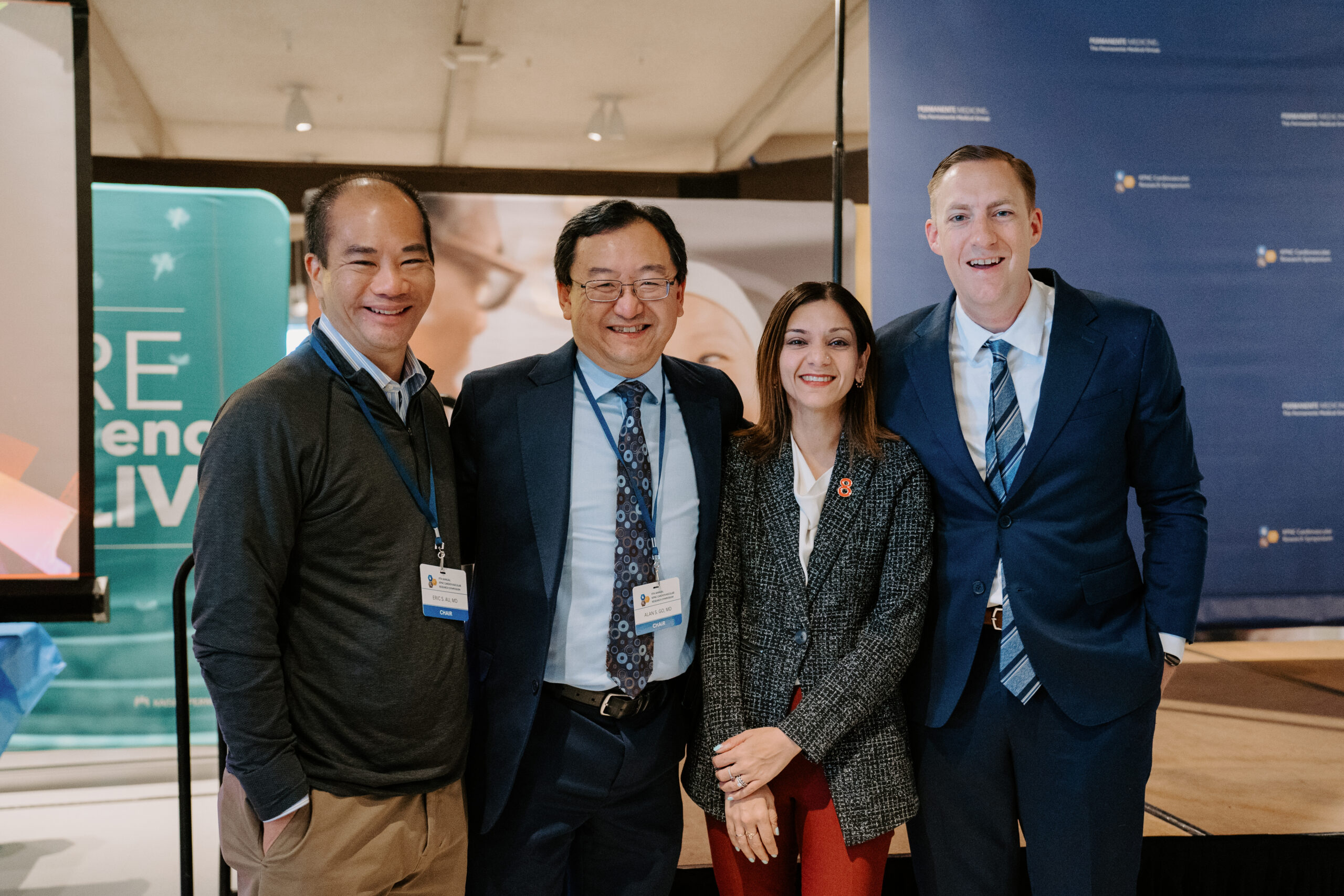Kaiser Permanente study finds CT scans that are part of surgical planning can also be used to assess frailty and identify high-risk patients
Computed tomography (CT) scans required prior to surgery contain information about patient frailty that can be used to identify the patients at highest risk for surgical complications, new Kaiser Permanente research shows.
The study, published in JAMA Surgery, suggests that muscle quantity and quality are measures that could potentially be used to help doctors discuss with patients the risks and benefits of a surgical procedure.

“It’s widely understood that frailty impacts a patient’s outcome, but there is currently no objective and standard metric of frailty that physicians use for all patients,” said senior author Elizabeth Cespedes Feliciano, ScD, a research scientist at the Kaiser Permanente Northern California Division of Research. “Our study shows there is a wealth of information in imaging done prior to surgery, and that we can use an AI algorithm to assess that information and create a picture of the patient’s frailty that tells us more than what the electronic health record does now.”
The study included 48,444 Kaiser Permanente Northern California members ages 18 and over who were hospitalized for abdominal surgery from 2010 to 2020. All of the patients had had an abdominal or pelvic CT scan up to 3 months prior to surgery that captured fat and muscle measurements and included the lumbar spine.
The researchers summarized the wealth of biological information present in the algorithm’s assessment of anatomy as 3 scores: body size, muscle quantity and quality, and distribution of fat. Of these, muscle quantity and quality provided the best assessment of patient frailty, a physiological decline associated with aging that impacts resilience to stressors like surgery.

The study found that higher muscle quantity and quality scores were inversely correlated with the Hospital Frailty Risk Score — in other words, the higher the muscle score the lower the frailty score. High muscle scores also were associated with a 39% reduced risk of 30-day readmission or death and a 41% reduced risk of developing complications within 30 days of surgery. These associations remained even after the researchers accounted for sex, age, other illnesses, body mass index, the type and urgency of the surgery, and frailty score.
“We thought that the muscle score would be the only measure that would be strongly correlated with patient frailty — and that’s what we found,” said first author Ijeamaka Anyene Fumagalli, MPH, a data analyst at the Division of Research. “But we also found that the muscle score was associated with surgical outcomes independent of the frailty score and other factors. This suggests that muscle quantity and quality, which can only be assessed by CT, can add to existing methods of identifying at-risk patients.”
Assessing Frailty
In medicine, frailty describes the decreased physiologic reserve associated with aging and illness. “Patients with sarcopenia — a condition seen in older adults — have decreased muscle mass and quality, which has been associated with frailty, both frailty and sarcopenia have been associated with and increased risk of complications or death following surgery,” said study co-author Peter Peng, MD, a surgical oncologist with The Permanente Medical Group. “Identifying them is important because there are interventions which can reverse frailty and increase skeletal muscle mass, leading to better outcomes after surgery.”

The study findings suggest that the images from the CT scans physicians use to plan a surgery can also be used to help physicians better identify the frail patients that could benefit from these interventions. “We know that doctors have ideas about which patients are most frail, based on their body mass index and age,” said Fumagalli. “But our study suggests that body composition may be more important than body size and add information on top of a person’s age.”
Guidelines currently recommend that all older patients have a frailty assessment before surgery to assess their risk for complications. Researchers have been trying to develop automated ways of gathering information from patients’ electronic health records to assess frailty, but it’s been difficult to find a tool that is accurate enough to be widely used.
“We are moving further into the AI era, and imaging AI is one of the major areas of research,” said Cespedes Feliciano. “These tools can provide a large amount of data, but this means you also need to develop methods that can help you make sense of that data. Our study shows that we can extract 3 measurements that tell us a story that we couldn’t see before.”
Added Peng: “One can envision that we might one day have an automated CT skeletal muscle assessment of each body CT scan indicating degree of sarcopenia that clinicians could use to help patients make informed decisions regarding their care.”
This study was supported by the National Institute on Aging, of the National Institutes of Health.
Coauthors include Sidney T. Le, MD, Patricia Kipnis, PhD, Vincent X. Liu, MD, MSc, and Bette Caan, DrPH, of the Division of Research; Vincent Chow, BSc, and Mirza Faisal Beg, PhD, of Simon Fraser University; and Karteek Popuri, PhD, of Memorial University of Newfoundland.
# # #
About the Kaiser Permanente Division of Research
The Kaiser Permanente Division of Research conducts, publishes and disseminates epidemiologic and health services research to improve the health and medical care of Kaiser Permanente members and society at large. It seeks to understand the determinants of illness and well-being, and to improve the quality and cost-effectiveness of health care. Currently, DOR’s 600-plus staff is working on more than 450 epidemiological and health services research projects. For more information, visit divisionofresearch.kaiserpermanente.org or follow us @KPDOR.





Comments (0)